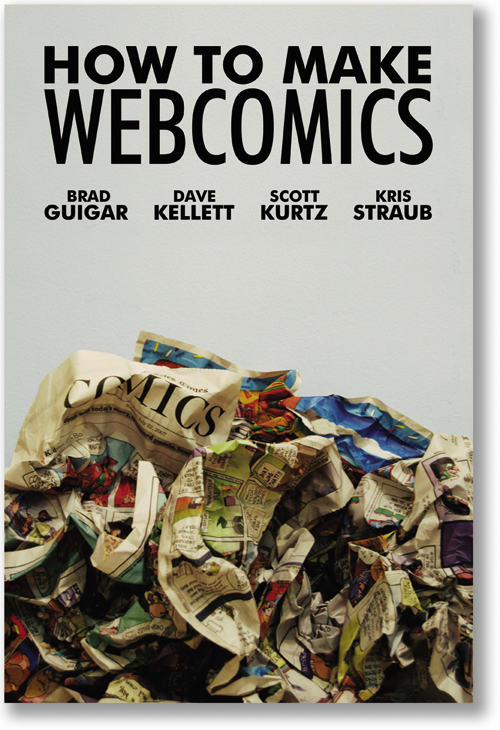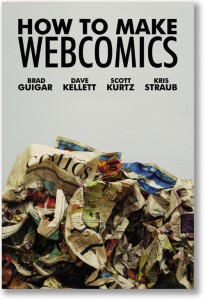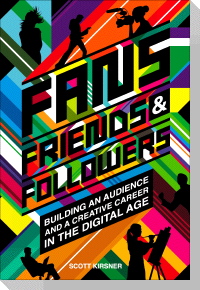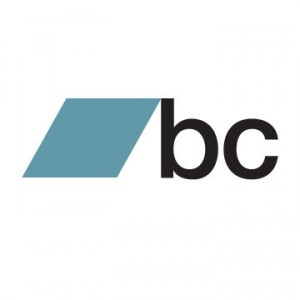 One for the musicians this time around. Music production is one of the many things that I dabble around in, although I haven’t taken the time to do so in far too long (well over a year at this point — I need to get on that). Once I get back to it, however, I’m going to be availing myself of Bandcamp, which I discovered through Amanda Fucking Palmer, who regularly releases content through it.
One for the musicians this time around. Music production is one of the many things that I dabble around in, although I haven’t taken the time to do so in far too long (well over a year at this point — I need to get on that). Once I get back to it, however, I’m going to be availing myself of Bandcamp, which I discovered through Amanda Fucking Palmer, who regularly releases content through it.
Bandcamp is a website that allows musicians to sell music and merchandise directly to their fans. It doesn’t distribute your music to sites like iTunes or Amazon (there are other services which do that, which I’ll cover before the end of this series), but handles order processing for direct sales (as well as digital delivery — delivery of physical merchandise is handled by you, as described here). You upload your graphics, your files (in lossless format: AIFF, for example), your metadata, etc., and Bandcamp handles the rest.
This video gives a brief overview of the service:
Best of all, the service is FREE. Bandcamp makes its money by taking a 15% revenue share of all sales (in addition to payment processing fees of between 4 and 6% — all of which is described in their pricing FAQ). 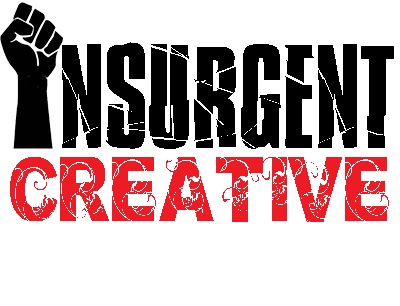 The free account gives you access to a staggering list of features, including: multiple download formats, name-your-price downloads, sharing tools, Facebook integration, custom domains and more.
The free account gives you access to a staggering list of features, including: multiple download formats, name-your-price downloads, sharing tools, Facebook integration, custom domains and more.
Best of all for the Insurgent Creative musician, Bandcamp gives you real-time statistics on all customers, where your music is being linked and shared, what’s being downloaded and when, what tracks are popular, what search engine terms are being used to find your music, etc. — allowing you to access to all of this data which truly enables you in building your fan base and engaging with them (which, as I’ve hopefully driven into the ground by now, is absolutely crucial for the Insurgent Creative model). CwF + RtB = $$$, right? — Bandcamp offers a direct connection, and makes it much easier for you to offer reasons to buy.
Storm the gates!



